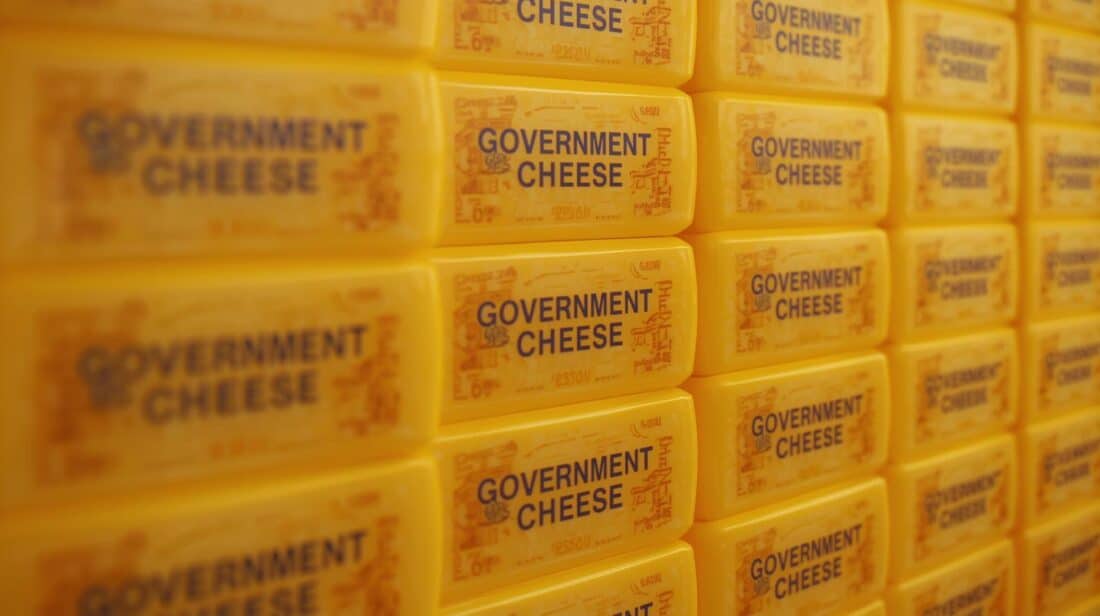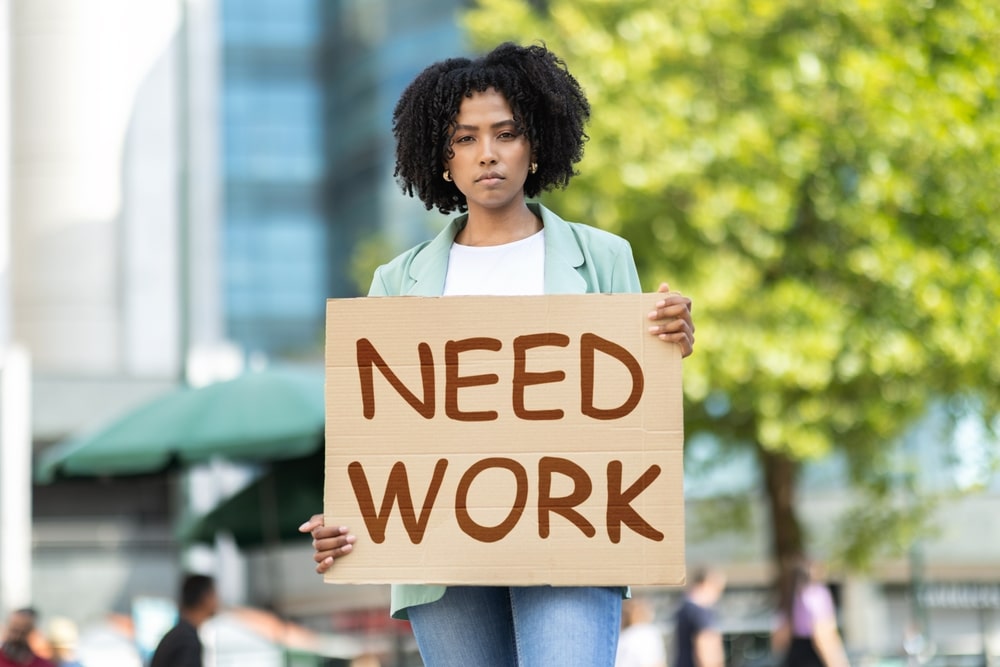
Inflation, Debt, and Despair: The Broken Economy Left for Trump
Optimism is creeping back into America—but don’t be fooled. The U.S. economy is a sinking ship riddled with holes: persistent inflation, a floundering job market, collapsing small businesses, overextended consumers, and a federal government awash in debt. While the U.S. might look like the last man standing on the global stage, that’s only because everyone else is flat on the mat. Our “least-bad” position won’t save us from the structural rot beneath.
The reality is grim. Rampant public-sector debt, a bloated regulatory state, and unchecked spending have pushed the global economy to the brink. Even China, the supposed economic engine of the world, isn’t immune. Dr. Gao Shanwen, a leading Chinese economist, dared to reveal that real growth there might be a meager 2%, not the rosy 5% claimed by Beijing. His punishment? Silenced by the Communist Party. While the U.S. still allows such dissent, that’s cold comfort when the numbers here are just as cooked.
The Inflationary Time Bomb
Inflation is the silent thief, and it’s been looting Americans’ wallets since September 2021. The official 3% inflation rate might not sound catastrophic, but it’s a lie. Adjusted for reality—skyrocketing food, housing, insurance, and transportation costs—the real damage is far worse. The dollar has lost at least 22 cents of its value during this wave of inflation, but if you account for shrinkflation and hidden fees, the number is closer to double that.
Even if inflation miraculously stopped today, the scars of the last four years would linger for decades. But it hasn’t stopped. Prices continue to climb. The supposed “anti-inflation measures” from the Federal Reserve and Congress? A farce. They’ve spent more, borrowed more, and printed more—fueling the very crisis they claim to fight. Since November 2023, over $1 trillion in new dollars has been pumped into the economy. This isn’t an anti-inflation strategy; it’s economic arson.
A Fractured Job Market
The job market is a house of cards. Official employment data paints a picture of resilience, but a closer look reveals the cracks. Both the employment-population ratio and workforce participation rate have been slipping for months. Women, once a driving force in the labor market, are increasingly sidelined, often by the skyrocketing cost of childcare or a cultural shift toward homeschooling. Meanwhile, older workers have thrown in the towel, and a growing number of Americans are opting to live off government handouts rather than rejoin the workforce.
What jobs remain are a tale of two economies. Blue-collar roles in healthcare and hospitality are still in demand, but white-collar positions are drying up. Many companies are replacing office workers with AI, trimming payrolls, and bracing for recession. When layoffs begin in earnest, they’ll hit like an avalanche.
The Illusion of Growth
Even economic “growth” is largely a mirage. Retail sales and factory orders might look solid, but they’re rarely adjusted for inflation. Factor in the rising costs, and the so-called growth during the Biden years evaporates. The federal government’s gross debt now exceeds the nation’s GDP, rivaling levels last seen during World War II. This mountain of debt crowds out private investment and keeps the Federal Reserve perpetually tempted to “solve” the problem with more money printing. The cycle is unsustainable.
Can the New Administration Reverse Course?
The incoming Trump administration faces monumental challenges, but its hands are tied. Public expectations are sky-high, yet the tools to meet them are limited. Tax cuts and deregulation might provide temporary relief, but they won’t undo the entrenched damage. Meanwhile, media outlets—now emboldened after Biden’s departure—are poised to scrutinize every misstep, potentially amplifying public discontent.
Even Trump’s boldest proposals, like Elon Musk’s Department of Government Efficiency (DOGE) targeting $2 trillion in spending cuts, face steep odds. Political inertia and the fear of upsetting entrenched interests could derail any meaningful action. Without drastic measures, Washington will default to its comfort zone: printing, borrowing, and pretending the problem doesn’t exist.
What You Can Do to Protect Yourself
If history is any guide, the government will not save you. The lessons of past financial crises are clear: those who wait for bureaucrats to act are left holding the bag. It’s time to take matters into your own hands.
- Hedge against inflation with tangible assets like gold, silver, and cryptocurrencies.
- Reduce your dependence on traditional banks, which remain vulnerable to systemic shocks.
- Educate yourself on protecting your wealth. Start by downloading Bill Brocius’ free ebook, 7 Steps to Protect Your Account from Bank Failure.
For deeper insights, subscribe to Bill’s exclusive Inner Circle newsletter for just $19.95 a month. You’ll gain access to actionable strategies to navigate the coming storm.
The clock is ticking. The structural damage to the U.S. economy won’t fix itself, and the political class is out of answers. Don’t wait for the collapse—prepare for it.











